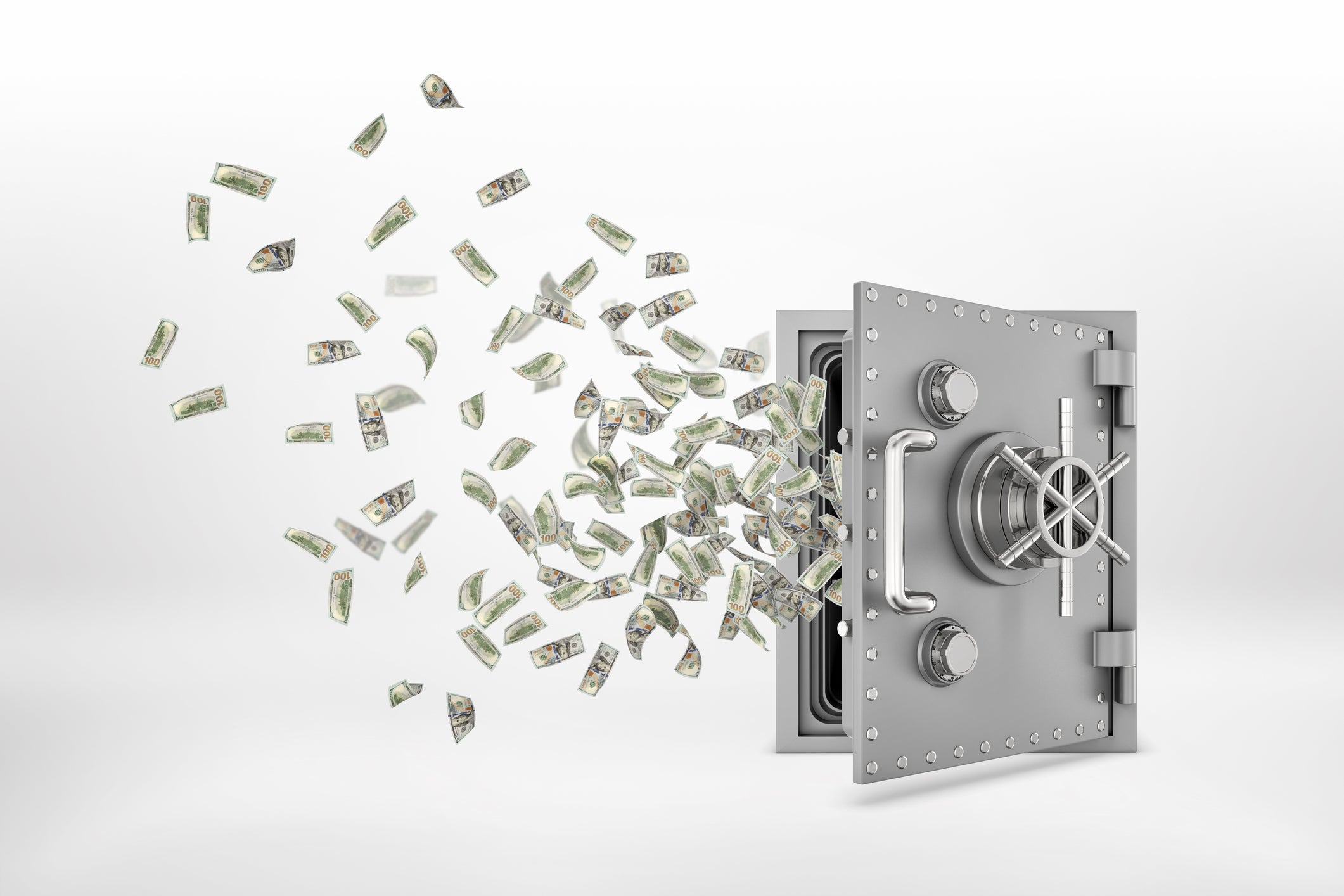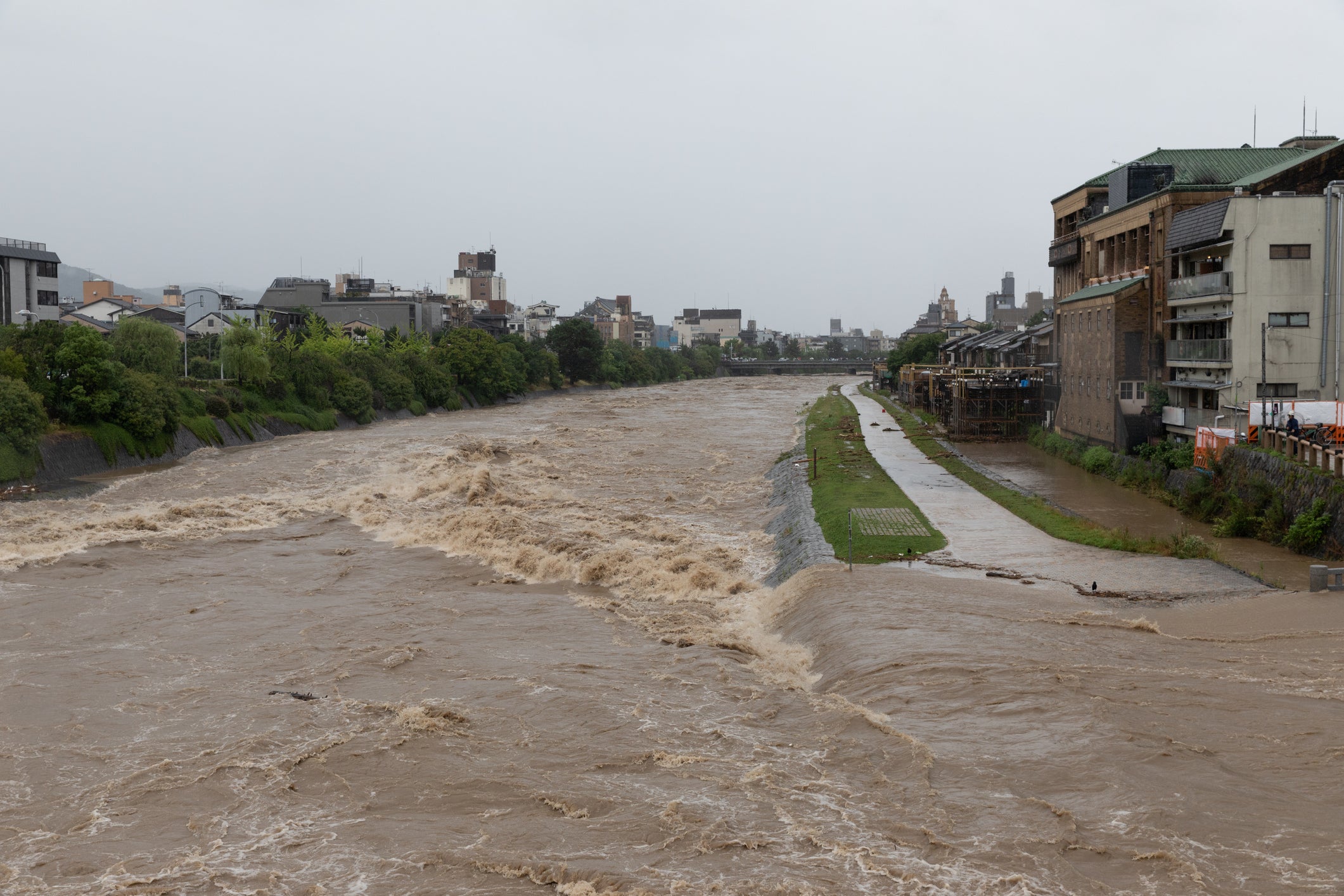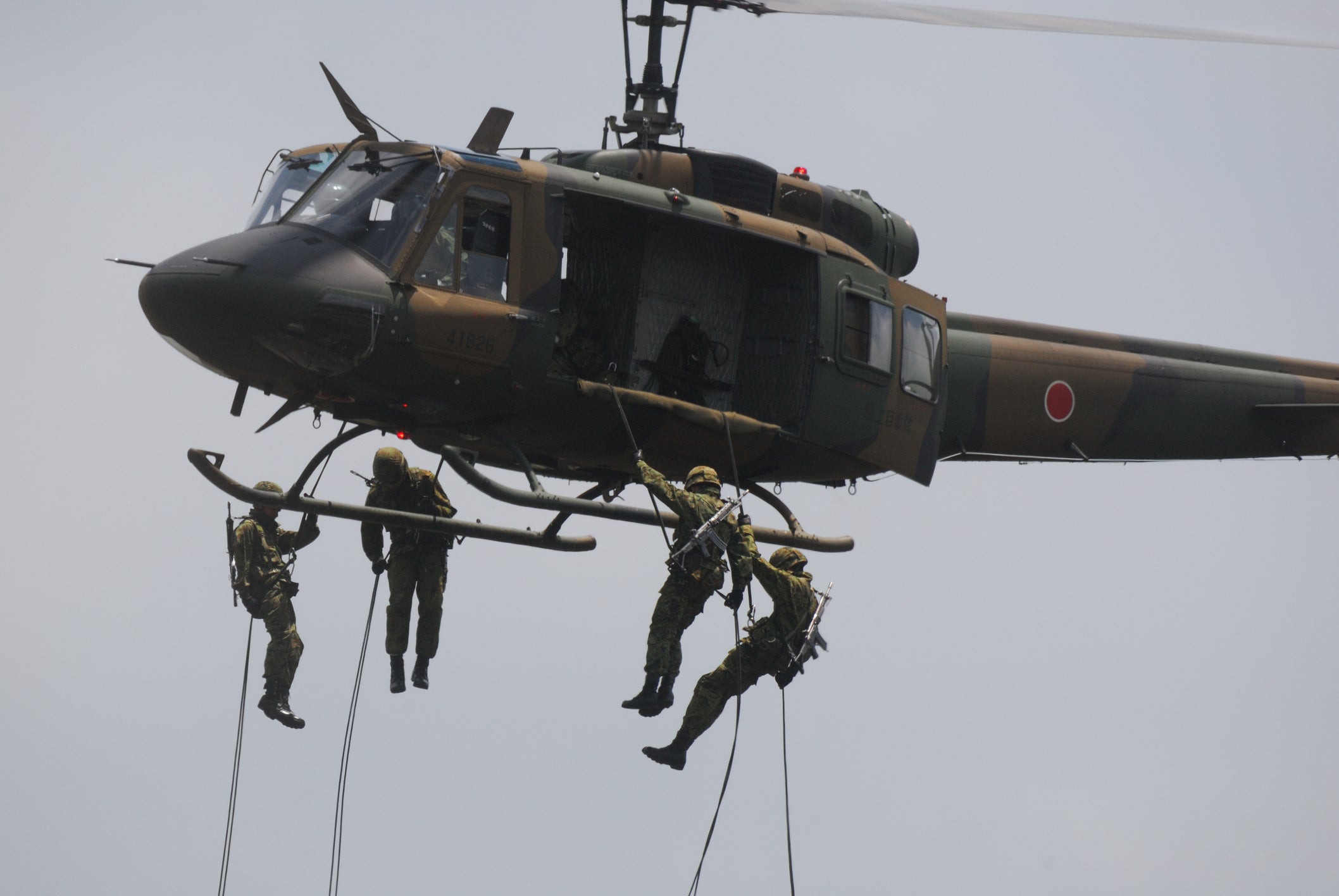Disaster prevention at home
table of contents
Introduction
1. Family evacuation plan
2.Secure emergency contact information
3. Preparation of evacuation bag
4. Understanding disaster types and countermeasures
5. Mental care during disasters
6. Home safety measures
7. Practice and regular checking
summary
Introduction
When a disaster occurs, it is extremely important to create a family disaster prevention plan and take appropriate measures to ensure the safety and survival of your family. Below are the basic steps for family disaster preparedness.
1. Family evacuation plan
1-1 Selection of evacuation site
It is important to choose a place for your family to evacuate. Possible evacuation sites include a public evacuation center near your home, a relative's house, or a friend's house. Evacuation sites should be as safe and easily accessible as possible.
1-2 Confirm evacuation route
Check the evacuation route with the whole family. Be aware of the main exits, emergency exits, location of stairs, layout of hallways, etc. so that you can escape smoothly in the event of a disaster. Also, make sure that there are no obstacles along the evacuation route to ensure safety.
1-3 How to contact family members
In the event of a disaster where families may be separated, it is important to ensure a method of communication between family members. Decide which means of communication you will use in an emergency, taking into account situations where cell phones and the Internet are unavailable. For example, you may carry a card with your family's contact information or meet at a designated location.
1-4 Family roles
Assigning roles to family members is also important in evacuation planning. The whole family can work together during the evacuation, for example, with older people taking on the role of caring for young children or the elderly, or taking care of certain belongings or pets.
1-5 Practice and confirmation
It is important to practice your evacuation plan and review it regularly. Conduct evacuation drills so that all family members know the evacuation route and location and can act quickly in an emergency. Also, if your evacuation plan changes or new information becomes available, be sure to update and confirm it as appropriate.
2.Secure emergency contact information
2-1 Contact information within the family
Create an emergency contact list to stay in touch within your family. Fill out the list with the names and phone numbers of everyone in your household. Add an email address or other means of contact, if desired.
2-2 Nearby emergency contacts
Also prepare neighborhood contact information so that you can contact trusted adults and neighbors in your neighborhood. In times of disaster, we can help each other and share information. Neighborhood support can be very helpful, especially if you have elderly or vulnerable people.
2-3 Public emergency contact information in the event of a disaster
Check the emergency contact information provided by your local government or disaster prevention agency. In the event of a disaster, there are local emergency numbers and public communication channels that provide emergency information. These numbers and information can be used if needed during a disaster.
2-4 Preparing phone numbers and notes
Make sure all family members are familiar with emergency contact numbers and email addresses. If necessary, it is also helpful to make a paper contact list and carry it in your emergency bag or wallet.
2-5 Confirm means of communication in case of emergency
Communication infrastructure may be damaged in the event of a disaster, so consider the possibility that your mobile phone or internet may not be available. It is important to check the means of communication that will be useful in an emergency, such as radios, walkie-talkies, and public telephones.
2-6 Regular updates and confirmations
Emergency contacts may change, so update your information regularly to ensure accuracy. Also, make sure the information you need is always available so that everyone in your family has access to emergency contacts.
3. Preparation of evacuation bag
3-1 Selection of evacuation bag
Choose an easy-to-carry and sturdy evacuation bag, such as a durable bag or backpack. A waterproof material is preferable.
3-2 Food and water
Choose nutritious emergency food, canned food, and dried food as emergency food. Individually wrapped items and items with a long expiration date are best. Also, prepare at least one day's worth of drinking water (approximately 2 liters / person / day). Remember to keep the water in a durable container and change it regularly.
3-3 Clothing and bedding
Bring a change of comfortable clothing, extra underwear, and clothing appropriate for the season. In particular, don't forget to prepare cold weather protection and rain gear. It is also a good idea to pack bedding such as blankets and sleeping bags as needed.
3-4 First aid supplies and sanitary supplies
Prepare basic first aid supplies such as bandages, plasters, disinfectants, and painkillers. Also, pack hygiene products (toilet paper, wet wipes, hand sanitizer, etc.), disposable diapers, and feminine hygiene products as needed.
3-5 Lighting and communication equipment
Pack supplies for lighting and communication, such as a flashlight, extra batteries, a radio (preferably hand-cranked or solar-powered), a cell phone charger, and extra batteries.
3-6 Important documents and cash
Prepare documents such as your ID, insurance card, bank account information, and important contacts in a waterproof bag. Additionally, it is a good idea to carry a reasonable amount of checks and cash.
3-7 Mental stability and entertainment
Stress and anxiety can increase during disasters, so don't forget to include items for peace of mind and entertainment. A favorite book, card game, or toy may be helpful.
3-8 Items for people with special needs
If you have people in your family with special needs (such as the elderly, infants, or people taking medications), don't forget to bring special items for their needs (medications, diapers, special diets, etc.) Let's get ready.
4. Understanding disaster types and countermeasures
4-1 earthquake
① Earthquakes are natural disasters caused by the movement of the Earth's crust. It is important for children to understand the following measures in the event of an earthquake:
② "Drop, Cover, Hold" : When the shaking starts, crouch down to protect yourself and move to a place where you can protect your head, such as under a desk or desk.
③ How to contact your family : Know how to contact your family to reunite with them after the earthquake.
④ Ensuring the safety of your home : Improve safety during an earthquake by securing dangerous objects and furniture in your home.
4-2 typhoon
① Evacuate indoors : During a typhoon, evacuate indoors and stay in a safe place.
② Protect yourself from high wind speeds and flying objects : Close windows and secure objects to protect yourself from high wind speeds and flying objects.
③ Stock up on food and water : Prepare food and water in preparation for a typhoon, and stock up on enough food and water to last the whole family.
4-3 Flood
① Evacuate to a higher place : In the event of a flood, evacuate to a higher place as possible.
② Stop using electricity and gas : In the event of a flood, stop using electricity and gas to avoid the risk of electric shock and fire.
③ Stay away from flowing water or standing water : Avoid getting close to flood water, and avoid getting close to flowing water or standing water.
These are some common disaster examples, but different disasters can occur in different regions. It is important to learn more specific disaster countermeasures through local disaster prevention information and school classes. It is important to teach children and others appropriate countermeasures and to acquire the ability to respond through practice and simulation.
5. Mental care during disasters
5-1 Give a sense of security
Children may feel anxious and fearful, so it is important to provide reassurance from family members and adults. Use a calm voice, a kind demeanor, and show understanding of your child's feelings. Take their questions and concerns seriously and provide as honest information as possible.
5-2 Providing appropriate information
Children can feel anxious from uncertain information. Providing the right information and providing factual explanations can reduce unnecessary concerns and paranoia. However, it is important to convey information in language and content that is appropriate to the age and developmental level of the children.
5-3 Maintaining daily routine
Although normal life can be disrupted during disasters, it is important to maintain daily routines as much as possible. Provide children with an environment that resembles their normal daily routine, including eating, sleeping, and playtime. This creates a sense of stability and predictability, which contributes to mental stability.
5-4 Communication and empathy
Children may have difficulty expressing their emotions. Through communication, give your children a chance to express their feelings and concerns. By empathizing and accepting their feelings, you can give them a sense of security and understanding.
5-5 Mental care activities
Provide children with emotional care activities to reduce stress. For example, activities such as relaxation techniques, deep breathing, meditation, stretching, and talking can be helpful. It is also important for children to release stress through activities and play that they enjoy.
5-6 Expert support
Consider using professional support in the event of a disaster. If necessary, it is important to consult a psychological counselor or specialist and receive appropriate support.
6. Home safety measures
6-1 Fire prevention
① Be careful about sources of fire : Be careful about sources of fire in your home. When using candles or aroma candles, do not leave them unattended near the fire and be careful when handling them. Also, when using fires such as electrical appliances or stoves, be sure to leave enough space around the fire and avoid placing flammable items near the fire.
② Installing a fire alarm : Install a fire alarm on each floor of your house, and check and replace the batteries regularly.
6-2 Electrical safety
① Avoid overloading : When using electrical appliances or extension cords, do not exceed their rated capacity to avoid overloading.
② Use appropriate cords : When using extension cords or wiring, choose ones of good quality and use them appropriately. It's also important to keep cords organized to prevent them from getting tangled or damaged.
6-3 Furniture and home structure safety
① Securing furniture : Heavy furniture and shelves are at risk of falling over due to earthquakes or gusts of wind, so it is important to secure them to the wall or floor.
② Inspect the structure of your house : Regularly inspect your house's structure, roof, walls, and floor, and make any necessary repairs or reinforcements.
6-4 Emergency response and lifesaving training
① Knowledge of first aid : Learn the basic knowledge of first aid with the whole family. Knowing the appropriate treatment for injuries and illnesses improves your ability to respond in emergencies.
② Installing an AED : Consider installing an automatic external defibrillator ( AED ) at home in case of an emergency such as cardiopulmonary arrest.
7. Practice and regular checking
7-1 Evacuation drill practice
①Share the plan : Explain the evacuation plan to all family members and confirm the division of roles and evacuation routes.
②Simulation : The whole family practices the actions assuming a situation similar to an actual evacuation. Follow the evacuation route and take specific actions such as gathering at the evacuation site.
③ Reflection and improvement : After the training, reflect and share areas for improvement and problems. Receive feedback to improve your evacuation plan for your next training exercise.
7-2 Regular checks and updates
①Confirm the contents : Check whether the contents of the evacuation plan and information such as emergency contact information are up to date. If your contact information changes or your family structure changes, be sure to update them appropriately.
② Checking supplies : Check that supplies such as evacuation bags, emergency food, and first aid kits are not deteriorated or expired, and replenish or replace them if necessary.
③ Inspection of home safety measures : Inspect the state of the home's fire prevention equipment and crime prevention measures, and make necessary repairs or reinforcements.
7-3 Continuous information sharing and awareness raising
It is also important to share information about disasters and safety measures with the whole family to raise awareness. Have regular family meetings and discussions to exchange information about actions to take and safety measures in the event of a disaster. Also, actively collect external information, such as by participating in local disaster prevention information and training programs.
summary
By sharing these basic measures with the whole family and reviewing them regularly, children will be able to act calmly during disasters. Also, actively access information provided by local governments and disaster prevention-related organizations, such as local disaster prevention information and disaster action manuals.








